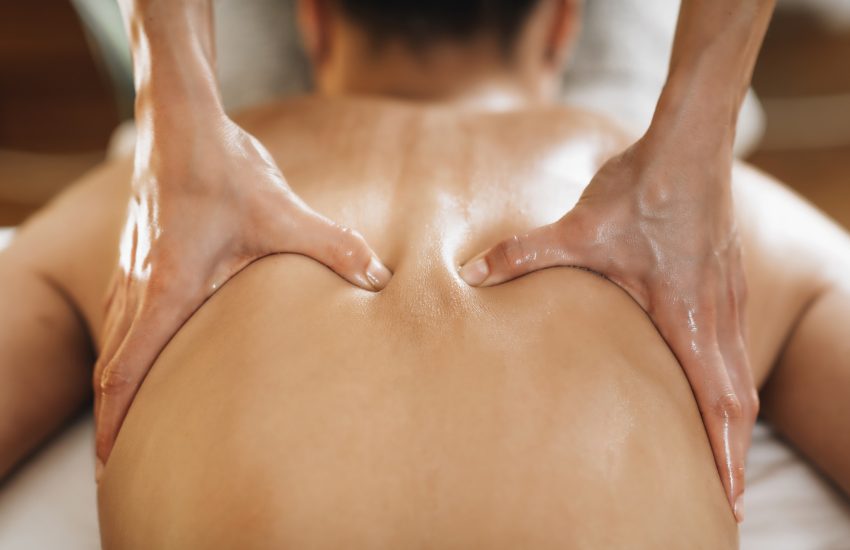
There are seven (sapta) primary dhatus: rasa (plasma tissue, lymph), rakta (blood, red blood cells), mamsa (muscle), meda (adipose tissue, fat), asthi (bone & cartilage), majja (nerve, marrow, connective tissue), and shukra/artava (male & female reproductive system).
During the process of digestion each dhatu nourishes with nutrition to carry our physiological tasks in the body; the left outs become the waste product or mala.
Food we eat is firstly converting into Rasa.
After Rasa formation, the remaining converts into Rakta.
After Rakta formation, the remaining converts into Mamsa.
After Mamsa formation, the remaining converts into Meda.
After Meda formation, the remaining converts into Asthi.
After Asthi formation, the remaining converts into Majja.
After Majjas formation, the remaining converts into Shukra.
The seven dhatus are the seven tissues of the body. In English they are plasma, blood, muscle, fat, bone, marrow / nerve, and reproductive tissue.
In Sanskrit, they are rasa, rakta, mamsa, medas, asthi, majja, and shukra respectively.
These are the structures that make up the body.
However, like most concepts in Vedic literature, they are much more than their one-dimensional definitions. They are integral to understanding the relationships of the tissues in the body, and they are sites that doshas enter when they cause disease. An understanding of the seven dhatus is important to understanding pathology; what goes wrong in the body. When a dosha enters a dhatu, a proper understanding of the dhatu helps the practitioner predict the symptoms that will manifest and provides clues to the best treatment.